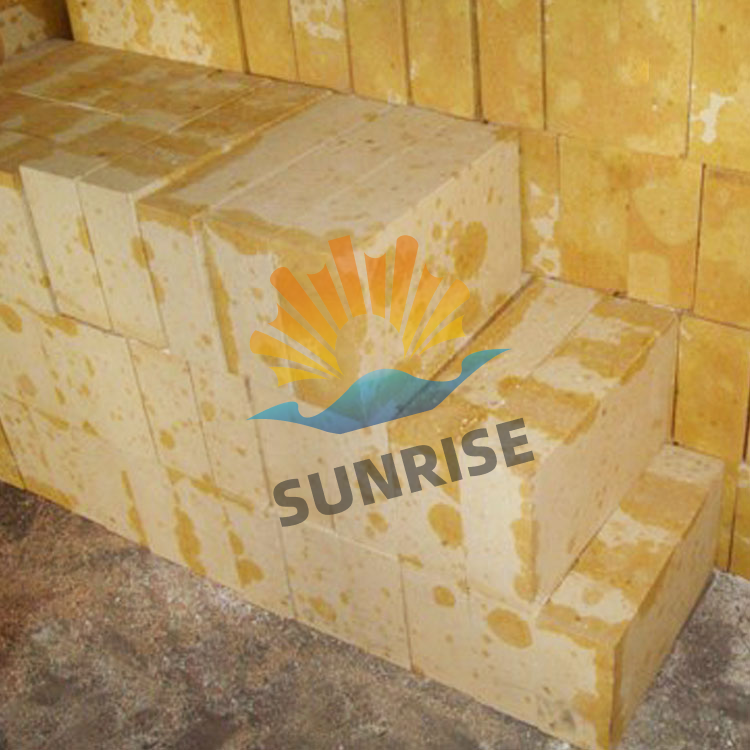
High-temperature kiln enterprises often face a series of challenges, such as frequent kiln failures and poor production stability. These issues not only increase production costs but also seriously affect the overall efficiency and competitiveness of the enterprises. Fortunately, magnesite brick emerges as an excellent solution to these problems with its outstanding performance.
Magnesite brick has several remarkable properties. Firstly, it has excellent alkaline slag resistance. In high-temperature kilns, slag often contains various alkaline substances, which can cause serious corrosion to ordinary refractory materials. However, magnesite brick can effectively resist the erosion of alkaline slag due to its unique chemical composition. According to scientific research, in some high-temperature environments with a large amount of alkaline slag, the service life of magnesite brick is 2 - 3 times longer than that of common refractory materials.
Secondly, magnesite brick has a high refractoriness. It can withstand temperatures up to 1800°C, which is crucial for high-temperature kilns that need to operate at extremely high temperatures. For example, in glass kiln regenerators, where the temperature can reach around 1600°C, magnesite brick can maintain its stable physical and chemical properties, ensuring the normal operation of the kiln.
In addition, magnesite brick has good thermal stability. During the heating and cooling process of the kiln, materials with poor thermal stability are prone to cracking and spalling, which will lead to kiln failures. Magnesite brick can resist thermal shock effectively, reducing the occurrence of such problems. Tests show that magnesite brick can withstand more than 50 thermal cycles without significant damage.

Let's take a look at some practical application cases of magnesite brick in high-temperature kilns. A glass manufacturing enterprise used to suffer from frequent kiln failures in its glass kiln regenerators. The production continuity was poor, and the product quality was unstable. After replacing the original refractory materials with magnesite bricks, the situation improved significantly. The frequency of kiln failures decreased from 3 - 4 times a year to once every 2 - 3 years. The production stability was greatly enhanced, and the annual production capacity increased by about 15%.
Another ceramic kiln enterprise also had similar experiences. Before using magnesite bricks, the kiln needed to be repaired regularly every six months, which not only cost a lot of money but also interrupted the production process. After using magnesite bricks, the repair cycle was extended to one and a half years, and the production efficiency increased by about 12%.
.jpg)
Many enterprises that have used magnesite bricks have given positive feedback. One customer said, “Since we started using magnesite bricks in our kilns, the production stability has been greatly improved. We no longer have to worry about frequent kiln failures, and the product quality has also been enhanced.” Another customer commented, “The magnesite bricks provided by this company are of high quality and have a long service life. They have helped us save a lot of production costs.”
If your high-temperature kiln enterprise is still struggling with the problems of frequent failures and poor production stability, don't miss this high-performance magnesite brick. Choosing our magnesite brick product can help you reduce kiln failures, improve production stability and continuity, and bring you considerable economic benefits. Don't let your enterprise miss this opportunity for better development.
Take action now! Contact us to learn more about our magnesite brick products and start your journey to better production efficiency in high-temperature kilns.


